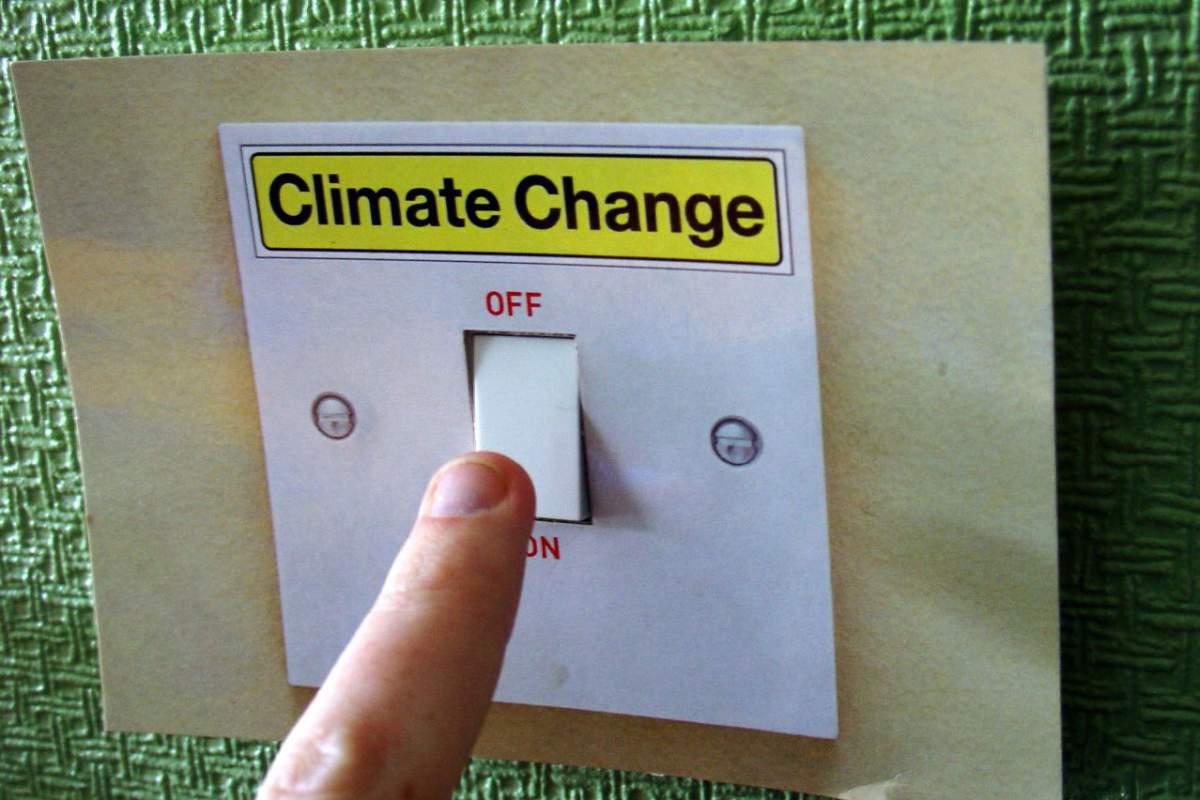
China and the U.S., the world's first and second largest sources of carbon emissions, recently released a pact on climate change. China has agreed to stop increasing its emissions by 2030 at the latest, and the U.S. will decrease its emissions by 25 to 28 percent of 2005 levels by 2025.
In order to achieve their goals, both countries will have to change their current energy usage drastically. China has never before released a commitment to stop increasing its emissions, and the U.S. must double the pace of previously-planned reductions. How will they do it? Here's the plan:
Clean Energy Sources
Both countries must increase their dependence on clean energy sources and rely less on coal. China pledges to obtain 20 percent of its total energy from sources like solar panels, nuclear power plants, and windmills by 2030. The U.S. must reduce its reliance on coal-fired power plants by 75 percent to meet the new 2025 goal.
Carbon Capture and Storage
The U.S. and China will work together on a project that will capture and store carbon in an underground geological reservoir in China. Carbon sequestration reduces the emissions of existing coal- and gas-fired power plants.
It's a three-step process: First the carbon dioxide is captured and compressed, then transported through pipelines, and finally injected into rock formations at least a mile under the surface. The rock formations that serve as reservoirs are made of porous rock, but the layers above the reservoir are non-porous and keep the carbon dioxide from seeping upward towards the surface.
Fresh Water
Unfortunately, there's a drawback to carbon capture and sequestration. It requires water, and a lot of it. The carbon dioxide is captured and transported through streams of water. Another problem is that the carbon dioxide may leak into sources of freshwater.
Taking these issues into account, the carbon storage project will be linked with a water recovery plan. The combined carbon sequestration and water recovery project will store one million tons of carbon dioxide while creating 1.4 million cubic meters of freshwater every year.
Research
The pact will expand the U.S.–China Clean Energy Research Center (CERC). Funding will be renewed for the center's current research on carbon sequestration, cleaner vehicles, and building efficiency. Additionally, the center will begin to study the connections between energy and water.
Green Trade
Meetings between U.S. and Chinese experts will focus on environmentally-sound solutions in infrastructure, trade sectors, and energy. One major topic will be sustainable urbanization. Chinese delegates will visit the U.S. to learn about American technology, especially smart grids.
Smart grids are the networks that bring electricity from power plants to users. They are made of transmission lines, substations, and transformers. The networks are "smart" because they send information from the user to the provider, allowing for greater efficiency. That way, the electrical grid can respond quickly when usage changes.
So...Will the plan help?
The U.S.–China pact won't have a great impact on the rising global temperature unless other countries pitch in. A goal set in 2009 limits the increase in temperature to two degrees Fahrenheit, and the new pact doesn't guarantee that emissions will stop there.
MIT professor John Sterman compared climate change to a car driving towards the edge of a cliff. The U.S.–China pact is the equivalent of taking the foot off the petal, but the car is still hurtling towards the edge.
Read More:
- 3 Obstacles Ahead For Surprise U.S.-China Climate Deal (National Geographic)
- U.S.-China Joint Announcement On Climate Change and Clean Energy Cooperation (Whitehouse.gov)
- Carbon Dioxide Capture And Sequestration (EPA)
- Water Challenges For Geologic Carbon Capture and Sequestration (National Center for Biotechnology Information)
- What Is The Smart Grid? (U.S. Department of Energy)
- U.S.China Deal Won't Slow Warming: Scientists (NBC News)
- U.S.China Clean Energy Research Center









